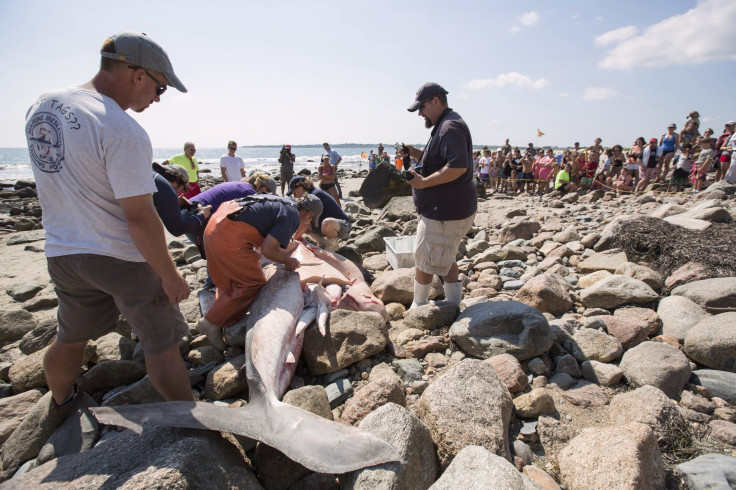Shark attack fears return with warm weather; Aussie experts divided on use of shark nets and drum lines

Fishers, swimmers, surfers and experts are facing a tough fixing on strategies on shark attacks. They are divided in their opinions as to what needs to be done to prevent people from sharks and also sharks from people.
Return of warm weather has brought back fears among beachgoers of sharing the water with sharks. A spate of shark attacks in recent years, especially in the NSW coastline, has resulted in the closing down of various beaches, renewing calls for a tougher response, reports the ABC.
Ballina Mayor David Wright has clearly voted against the use of shark nets and drum lines but has agreed on the fact that much more needs to be done to prevent shark attacks. Opposing Wright’s decision, Lennox Head-Ballina Boardriders president Don Munro, stated that nets have been used for 60 years without any fatality.
A recent attack at Sharpes Beach on Oct. 11, north of Ballina has made Fisheries Minister Niall Blair change his stance. He has announced a local shark net rollout saying that human life is more important than marine life. He is taking approval from the Federal Government “to install nets on the north coast of New South Wales.”
However, NSW chief shark scientist Dr. Vic Peddermors has warned that nets pose immense threat to protected wildlife. Bycatch is the biggest downside of shark nets, he has warned. Turtles, dugongs and harmless shark species are often caught up in these nets and they die there.
Peddermors is all in favour of animal-friendly shark attack solutions to protect humans. He is testing electronic technologies, sonar technologies and every other technology possible to protect the sharks and at the same time keep humans and the predators apart.
“The new technologies include drones, aerial surveillance, the VR4G listening stations that detect the tagged sharks when they are in a 500 metre radius,” he said.






